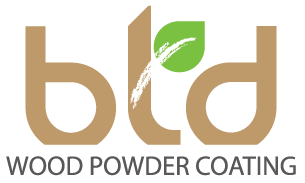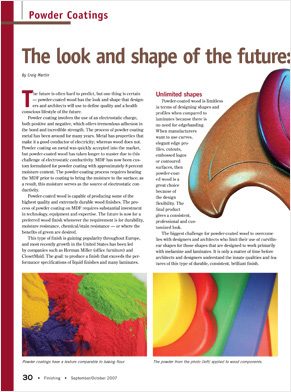Featured in Finishing magazine. Written by Craig Martin, President, BTD Wood Powder Coating
Key takeaways from this article:
The Look and Shape of the Future: Powder Coated Wood
Unlimited shapes

The biggest challenge for powder-coated wood to overcome lies with designers and architects who limit their use of curvilinear shapes for those shapes that are designed to work primarily with melamine and HPL laminates. It is only a matter of time before architects and designers understand the innate qualities and features of this type of durable, consistent, brilliant finish.
Powder-coated wood provides a very upscale, elegant appearance, such as high gloss black similar to a baby grand piano or metallic silver.
Unlimited colors and textures
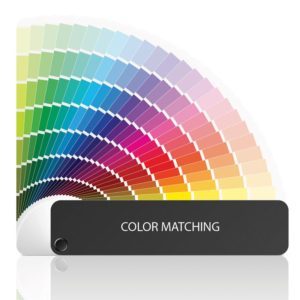 Whether you seek to achieve RAL or PMS colors or you have a sample colored HPL laminate, wallpaper or specific fabric, powder coatings can be matched to give you a color coordinated look that can be carried throughout your project.
Metallic colors such as silver, black chrome, gold, copper, platinum and brass are available in powder. Plus, these metallic colors, when combined with other colors, provide a hammertone appearance which is very appealing in today’s fashionable color palettes.
If you prefer a more traditional stained finish, powder-coated wood provides choices such as cherry, walnut, maple or whatever variation of stain color preferred, yet it can be more durable than what a liquid finish would yield.
Whether you seek to achieve RAL or PMS colors or you have a sample colored HPL laminate, wallpaper or specific fabric, powder coatings can be matched to give you a color coordinated look that can be carried throughout your project.
Metallic colors such as silver, black chrome, gold, copper, platinum and brass are available in powder. Plus, these metallic colors, when combined with other colors, provide a hammertone appearance which is very appealing in today’s fashionable color palettes.
If you prefer a more traditional stained finish, powder-coated wood provides choices such as cherry, walnut, maple or whatever variation of stain color preferred, yet it can be more durable than what a liquid finish would yield. Green and healthy lifestyle
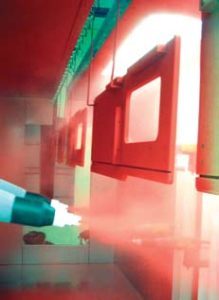
MDF manufacturers, such as SierraPine, use recycled board and have formulated a formaldehyde free board for the marketplace. SierraPine uses recycled material so it is very green friendly, and in construction projects, this is great for obtaining LEED points with the U.S. Green Building Council (USGBC).
There is an antimicrobial additive that can be used in the powder that is patented by DuPont. It can be used in the powder which prevents the spread of bacteria on the powder-coated surface because it removes 99.9 percent of the surface bacteria with active ingredients that last for many years. Plus, the finish is seamless with no crevices for bacteria to hide and foster. This additive is a great option for surfaces used in healthcare, day care, schools or any environment where bacteria can be a threat and surfaces come in contact with humans.
